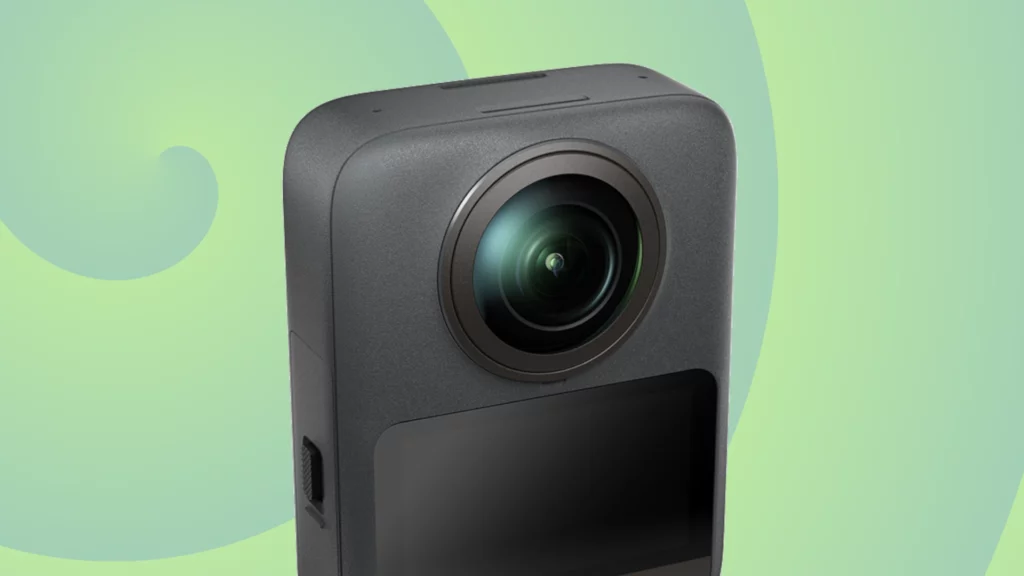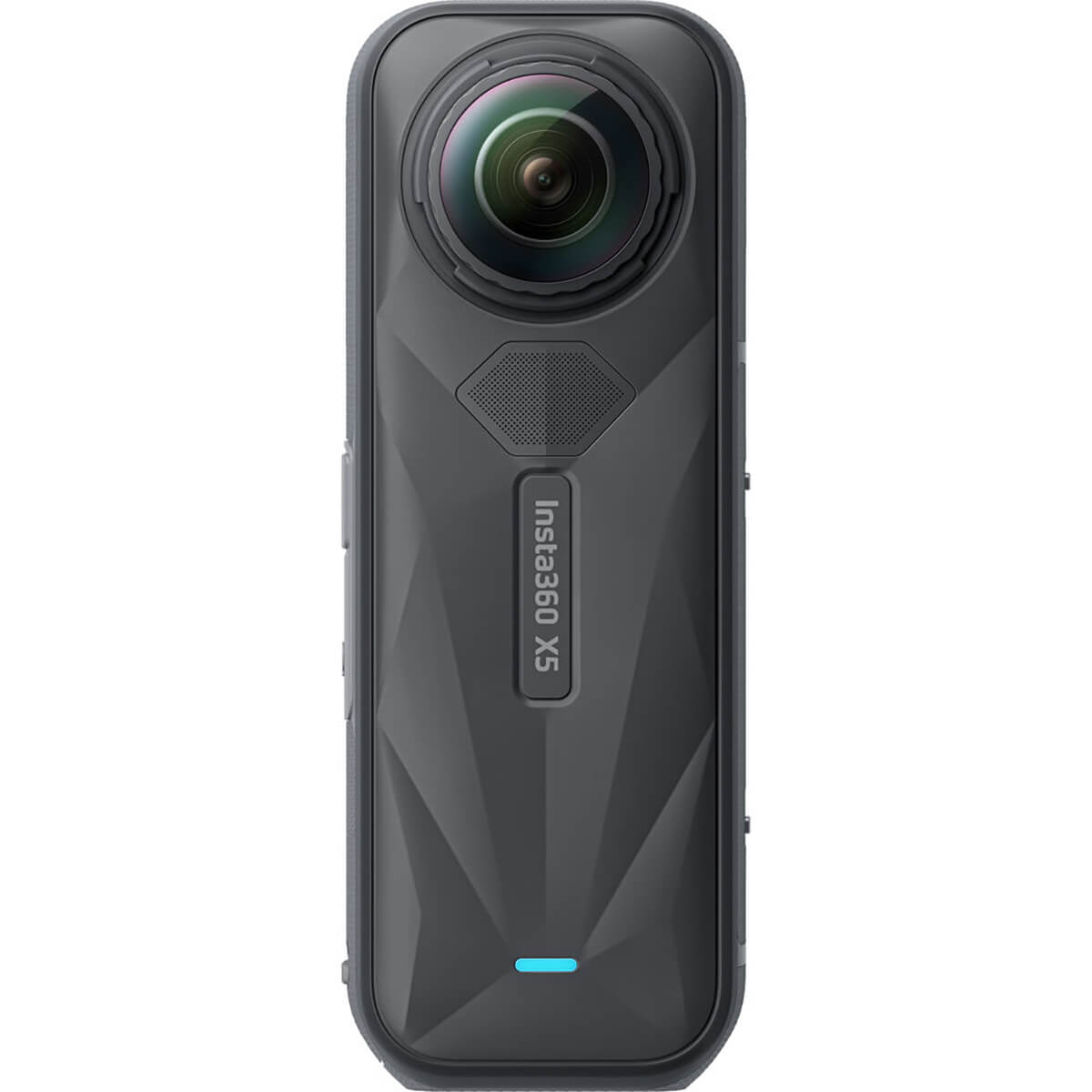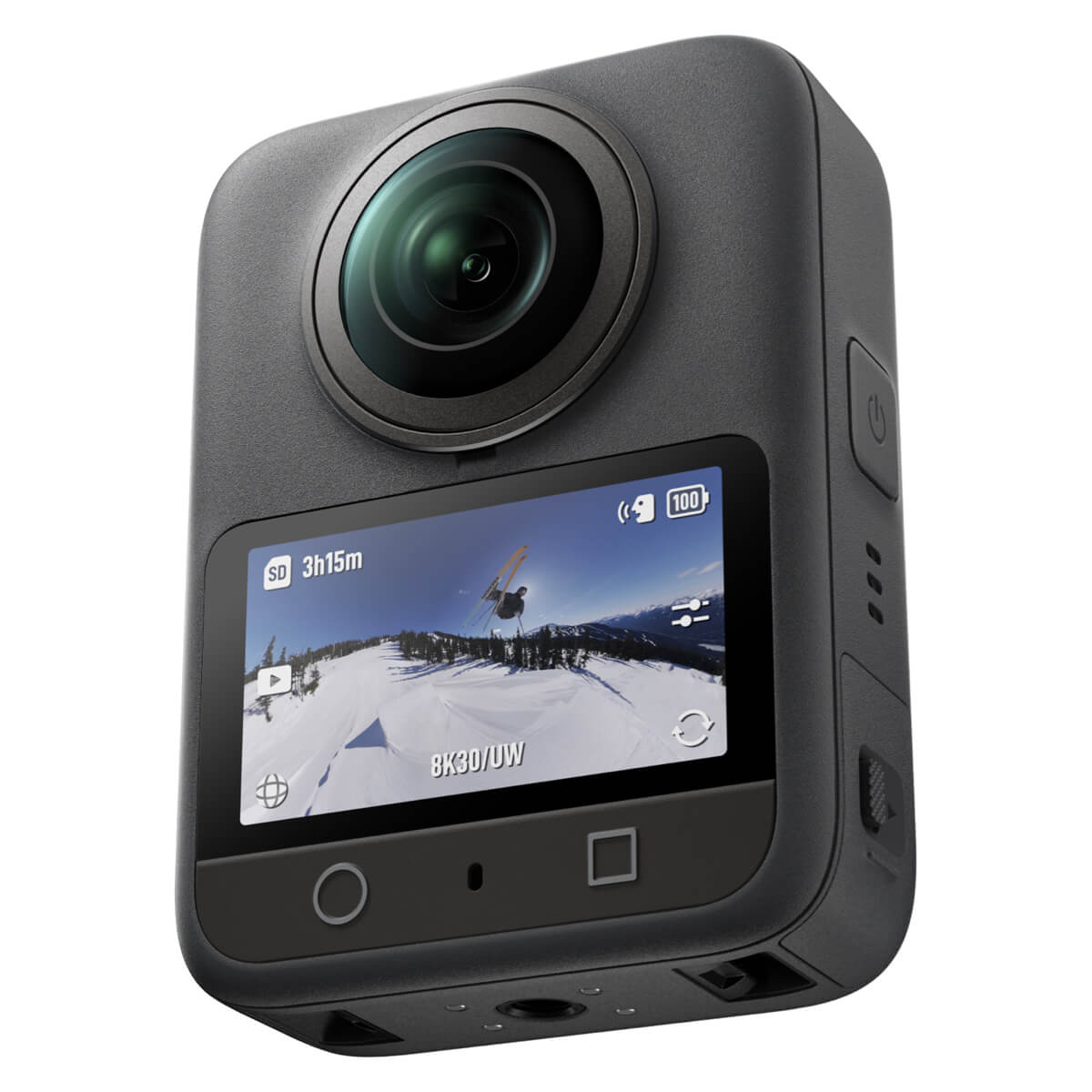For a long time, Insta360 has been a leading name in the 360 camera world, creating some of the most impressive models, like the popular X5. But now, the field is heating up with the launch of the dji osmo 360, bringing some serious rivalry to the table. There’s even talk of GoPro jumping into the mix with the much-discussed GoPro Max 2, assuming they finally release their long-rumored 360 camera.
DJI takes a unique approach compared to Insta360, rolling out features they claim are brand-new to the industry, including standout twin 1-inch sensors. This naturally sparks curiosity: which camera takes the crown? Could the Osmo 360 outshine the X5, the one we’ve been favoring so far?
If you’re eager to dig into DJI’s first stab at a 360 camera, our detailed Osmo 360 review has all the specifics. Plus, we’re working on a hands-on showdown where we’ll test the Osmo 360 side-by-side with the Insta360 X5 across different situations to see which one truly stands out.
For now, let’s dive into how these two stack up by breaking down their specs and features across seven essential categories.
DJI Osmo 360 vs Insta360 X5: Key Specs
| Feature | DJI Osmo 360 | Insta360 X5 |
|---|---|---|
| Sensor | 1/1.1-inch | 1/1.28-inch |
| Video | 8K up to 50fps | 8K up to 30fps |
| Photos | 120MP 360 photo | 72MP 360 photo |
| Size | 61 x 83 x 47mm | 46 x 124.5 x 38.2mm |
| Weight | 184g | 200g |
| Battery | 1,910mAh (100 mins at 8K) | 2,400mAh (around 2 hours at 8K) |
| Storage | Micro SD + 105GB internal | Micro SD |
| Price | £409.99 / AU$759 / US N/A | $549.99 / £519.99 / AU$929.99 |
Sensors
- DJI Osmo 360: Equipped with two square sensors, each measuring 1/1.1 inches and featuring a pixel size of 2.4μm.
- Insta360 X5: Comes with a pair of rectangular sensors, sized at 1/1.28 inches, with pixels measuring 1.2μm.
The DJI Osmo 360 sets itself apart with its dual sensors, tailor-made for capturing 360-degree footage. Their square design is a clever twist, making better use of the sensor area compared to the rectangular ones in the X5. Since 360 cameras rely mostly on the middle section of the sensor, this square shape cuts down on unused space.
Clocking in at an effective size of 1 inch, the Osmo 360’s sensors are the biggest you’ll find in a 360 camera so far. Each pixel is also twice as large as those in the X5. That said, the X5 held the crown for the largest sensors in this category before the Osmo came along, outdoing its predecessor, the X4—so it’s still in the game.
Bigger pixels tend to deliver sharper, cleaner images, especially when the lights dim, thanks to their ability to soak up more light. They also bring a wider dynamic range to the table, which is a bonus for scenes with intense brightness or deep shadows. Luckily, both the Osmo 360 and X5 can record HDR video, so you’re guaranteed vivid details in both the bright spots and the dark corners, no matter which one you go with.
Image Quality
- DJI Osmo 360: Records 8K video at up to 50fps, supports 10-bit color, and takes 120MP still photos.
- Insta360 X5: Records 8K video at up to 30fps, supports 8-bit color, and takes 72MP still photos.
Both of these cameras can capture video in crisp 8K resolution, but the DJI Osmo 360 has a clear edge with its 50fps capability, delivering smoother motion than the X5’s max of 30fps. Drop the resolution to 5.7K, and their frame rates align more closely; switch to 4K, and both can handle 4x slow-motion, perfect for dramatic action shots.
Color performance is another area where the Osmo 360 stands out. Its 10-bit color depth captures a broader spectrum of shades compared to the X5’s 8-bit, making it a better pick for anyone who loves fine-tuning footage in editing software. DJI also throws in its D-Log profile, a flat color mode that’s a hit with filmmakers who want maximum control over their visuals.
When it comes to photography, the Osmo 360’s 120MP stills blow the X5’s 72MP images out of the water in terms of detail. On paper, DJI looks like the winner, but we’re testing both cameras in real-world scenarios to see how they truly stack up.

Battery
- DJI Osmo 360: Features a 1,910mAh battery.
- Insta360 X5: Comes with a 2,400mAh battery, plus an optional 2,800mAh ‘Ultra’ battery.
The Osmo 360’s 1,910mAh battery is smaller than the X5’s 2,400mAh, yet DJI claims it can keep rolling for 100 minutes of 8K video at 30fps—a bold statement for a 360 camera. Meanwhile, Insta360 rolled out a firmware update for the X5, introducing an Endurance Mode that stretches 8K recording to nearly two hours on its standard battery.
Real-world battery life can be tricky, though—action cameras often fall short of lab claims depending on conditions. Insta360 also offers an ‘Ultra’ battery for the X5, priced at $49.99 / £44.99 (Australian pricing still pending), which boosts capacity to 2,800mAh for an extra 17% runtime. We’ll be putting both to the test to see which one holds up longest.
Storage
- DJI Osmo 360: Uses micro SD cards and includes 105GB of internal storage.
- Insta360 X5: Relies solely on micro SD cards.
Both cameras support micro SD cards, letting you store hours of 8K footage with the right capacity. The Osmo 360 goes a step further, though, with 105GB of onboard storage. Having dual recording options gives DJI a practical advantage for those who like flexibility.
Accessories
- DJI Osmo 360: Pairs with DJI Mic 2 and Mic Mini wireless mics, plus a variety of mounts.
- Insta360 X5: Works with the Mic Air wireless mic and offers plenty of mounts and selfie sticks.
DJI and Insta360 both bring years of action camera expertise to the table, offering a wide array of mounts and accessories for their 360 models—think biking, driving, or casual selfies. DJI has historically led the pack in audio, with the Osmo 360 syncing seamlessly with the Mic 2 and Mic Mini. While you could use third-party mics, sticking within the brand’s ecosystem is a hassle-free perk.
Insta360 isn’t far behind, though. Their new Mic Air wireless mic pairs via bluetooth or wirelessly with the X5. It’s not quite as polished as DJI’s Mic 2, but it’s a solid contender. For now, DJI holds a slight lead in audio options.
Price and Availability
- DJI Osmo 360: Starts at £409.99 / AU$759; not available in the US yet.
- Insta360 X5: Priced at $549.99 / £519.99 / AU$929.99.
The Osmo 360 seems to dominate on specs, but availability throws a curveball. It’s not launching in the US right away, which is a bummer for American buyers. Where it is available, though, it’s a steal—£409.99 in the UK and AU$759 in Australia for the Standard Combo, or £539.99 / AU$989 for the Adventure Combo. That’s a great value considering its twin 1-inch sensors and internal storage.
A DJI spokesperson told us, “The Osmo 360 goes global on July 31 at 8AM ET, but it won’t hit the US through official channels right away. No timeline yet, but we’ll keep you posted.” This mirrors delays with DJI’s Mavic 4 Pro drone, hinting at broader US market challenges. Meanwhile, the X5 is available worldwide at a higher price point.
Lenses and Design
- DJI Osmo 360: Weighs 184g, has a 2-inch screen, fixed lenses, and optional lens protectors.
- Insta360 X5: Weighs 200g, features a 2.5-inch screen, and offers replaceable lenses.
The Osmo 360’s squarish, compact build contrasts with the X5’s taller frame and larger 2.5-inch touchscreen. At 184g, the Osmo is slightly lighter than the 200g X5, though the difference is negligible in hand. DJI’s feat of packing so much into a lightweight body is still worth a nod.
Both cameras include rubber lens guards for storage and clear protectors for risky shoots, like extreme sports. Those protectors can soften or flare your footage, though, so skipping them might be the way to go for top-notch quality—just watch out for scratches. The X5 sets itself apart with replaceable lenses, a rare treat for 360 cameras. Damage a lens? Swap it out. The Osmo 360’s fixed lenses don’t offer that luxury.

